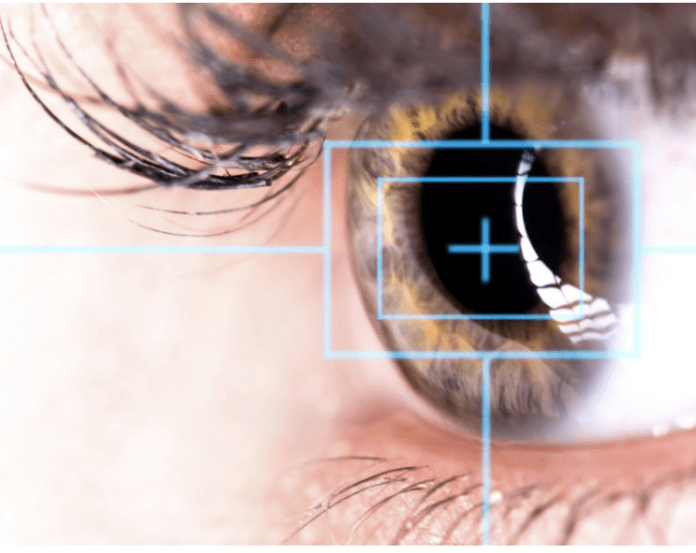What is LASIK Surgery?
Vision is the most crucial thing for any individual. If someone has a good vision, they have a better scope of understanding and visualising the world. This laser surgery is used to modify the cornea and improve its functions. The cornea is a flap-like tissue at the front of the eye that receives light and refracts onto the connective tissue. The cornea is the sole receptor for whatever you see through your eyes. And if the cornea doesn’t refract light correctly, the refractive error causes poor eyesight. LASIK is used to correct this by modifying the cornea.
Vision is essential for everyone. Myopia, heteromyopia, and astigmatism are common disorders treated with LASIK surgery.
LASIK is an alternative to glasses or contact lenses and is the best-known eye surgery. It is a surgical procedure that reduces the person’s dependency on glasses or contact lenses. This outpatient surgical procedure usually requires about 15 minutes for each eye.
How does LASIK Surgery work?
Laser-assisted in situ keratomileuses is the most commonly performed laser refractive surgery to correct vision problems. The surgery involves using a laser to change the shape of the cornea, which is the clear covering over the front of your eye. LASIK surgery rectifies the shape of the cornea. Before the procedure begins, a local anaesthetic is used to numb the eyes. Then a highly precise instrument is used to make an ultra-thin flap in the cornea. The flap is opened so the laser can be used to shape the cornea. The computer-controlled laser will remove the right amount of corneal tissue precisely. The flap is then repositioned and sealed to the cornea within minutes. After the surgery, the doctor will take antibiotic eye drops to prevent infection. The eye then may be covered with a protective dressing for precautionary measures.
Also Read About – Superfoods You Should Swear by for Healthy Skin
How do Senior Living Communities Maintain the Health of Older Adults?
Who can undergo LASIK Surgery?
There are specific criteria one has to meet before one can undergo LASIK. First and foremost is the age criteria. Beyond 18 years is what is fixed. The second thing is the refractive error itself. With a refractive error that is constantly changing, then one cannot undergo refractive corrections. Only then can stable refraction be corrected because these are not procedures that can be repeated repeatedly. The third thing is any other diseases of the eye has to be ruled out, whether it is a corneal or retinal condition or if the patient has different situations like glaucoma. When a person has all the other conditions, they are not the right candidate for undergoing LASIK correction. Certain other eye conditions like having severe dry eye or allergic eye diseases also need to be ruled out before the person can undergo LASIK correction. The cornea is the primary tissue that is subjected to the laser. Hence the corneal parameters must be met before the person can be subjected to the laser. The cornea should have an adequate corneal thickness before being subjected to the laser.
What are the complications of LASIK and its long-term effects?
There are no or slight complications of LASIK. Taking precautions after LASIK surgery is essential. It helps the patient to prevent injury and infection post-operation. Also, it is much needed for a patient to wear glasses for eye protection after surgery. While sleeping, wear the glasses, goggles, or eye shield as your surgeon suggests. Or at least for one week after the surgery.
Similarly, patients can opt for dark sunglasses to avoid brightness entering the eyes. Try to avoid going to dusty places. Also, avoid eye makeup for at least a week or so. Besides, you must use all prescribed eye drops by your doctor for better results.
The most common LASIK issues are infections or dry eye that stays for more than six months after the surgery. There may be other problems like regression, over corrections, and under corrections. Thus, choosing the right eye doctor is crucial to avoid such issues.
Also, it is advised to relax properly post-surgery. Relaxing will help you return to everyday life without any side effects.
How does LASIK Surgery affect the cornea?
The principle behind LASIK is that medical experts use a laser to reshape the cornea. The reshaping of the cornea is done for the better refraction of light entering the eyes. The process of reshaping the cornea involves the removal of some of the corneal tissues. This removal is done to achieve a different shape that suits the patient’s refraction. Corneal thickness determines an individual’s candidacy for LASIK. The tissues of the cornea are permanently removed during LASIK to give a better shape for the refraction of light.
LASIK surgery has a significant effect on a patient’s cornea. Removal of the corneal tissue decreases the cornea’s thickness, resulting in decreased corneal sensitivity. Also, decreased corneal sensitivity might lead to poor eyesight in the near future.
Do nerves of the Cornea Regrow After LASIK Surgery?
After the surgery, the corneal flap begins to heal. During surgery, the cornea of the eyes is thinned, and their structural integrity is altered. Due to this, there is a high risk of corneal perforation, and the cornea is weakened. The recovery time of LASIK varies from person to person. It may take about a few weeks for the regrowth of corneal tissue in some. In contrast, some can end upto more than six months for the same. Usually, the healing process of the corneal flap completes in under three months.
According to certain studies, it is observed that corneal tissue can take upto five years to regenerate after LASIK surgery. Also, it is shown in some studies that the nerves of the cornea never come to the pre-operative levels entirely. This corneal degeneration due to LASIK surgery can lead to reduced blinking rate, lower basal and corneal sensation and reflex tearing.
















